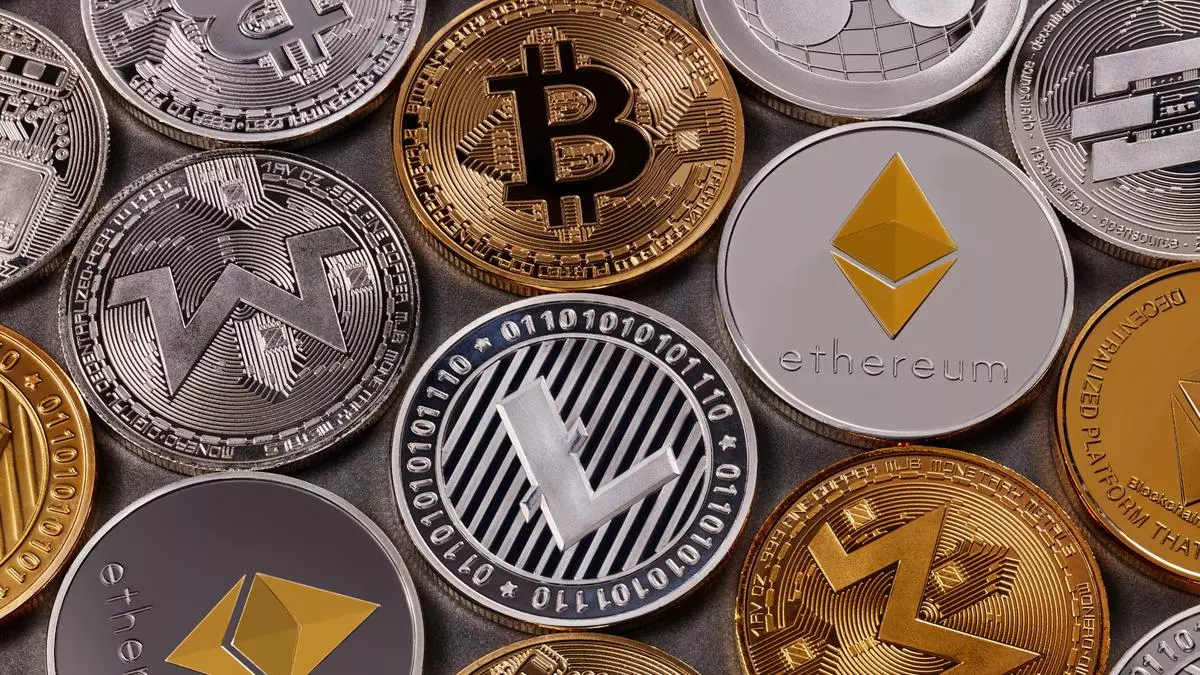Year-ender 2023: Indian crypto industry adapts amid challenges, eyes future growth
The cryptocurrency and the broader Web3 industry in India weathered through the continued bear market in 2023. Amid the market downturn, evolving regulatory landscape, and reduced investor interest, the ecosystem has tried to be resilient by looking for sustainable growth paths, active compliance, and engagement in building projects for the long run.
The crypto landscape in India, primarily dominated by centralized exchanges, faced a significant downturn due to the combined impact of the bear market and the government’s introduction of a 30 per cent taxation rate along with a 1 per cent TDS (Tax Deducted at Source) last year.
For instance, WazirX’s volumes fluctuated from a high of $11,343,424 to a low of $909,879 in the year, CoinDCX from $10,297,715,607 high to $490,856 and Bitbns from $19,679,833 to $1,405,511, according to data from research firm Crebaco. Since the taxation levy, Indian bourses have lost the lion’s share of trading volumes to offshore bourses. A report by the think tank Esya Centre revealed about three to five million Indian users shifted to offshore platforms, resulting in $3.8 billion worth of trading volume shifting from domestic exchanges.
Amidst a significant decline in trading volumes, domestic exchanges in the cryptocurrency sphere have proactively sought ways to foster increased engagement and participation. They have diversified their offerings by incorporating additional features, enhancing earning possibilities, bolstering market share, and attracting fresh clientele through educational initiatives.
DeFi adoption
Notably, some platforms have delved deeper into the burgeoning domain of DeFi, exemplified by CoinDCX’s introduction of the user-friendly and secure DeFi wallet, Okto. Conversely, CoinSwitch has expanded its horizons, outlining a “wealth tech foray” strategy involving plans to launch various traditional asset products, such as FDs, bonds, ETFs, stocks, and mutual funds. While yet to roll out these new products, the company reportedly has been in discussions with regulators to obtain the necessary licenses. Additionally, embattled WazirX, an early industry player, has prioritized enhancing user experiences while signalling an impending introduction of decentralized products in the near future.
The sector, which had ambitious hiring goals previously, instead had to settle for small rounds of layoffs this year. While CoinDCX laid off 12 per cent of its 722 employee strength, CoinSwitch laid off 44 employees in its support team in a bid to “right-size” the team.
Regulatory compliance
In 2022, Indian exchanges have shifted their focus towards regulatory compliance. In March of that year, the government declared that companies involved in Virtual Digital Assets (VDAs), crypto exchanges, and related intermediaries would fall under the category of ‘reporting entities’ as per the Prevention of Money Laundering Act (PMLA).
This move prompted 28 entities engaged in VDA services to register with the Financial Intelligence Unit-India (FIU-IND), as announced by the government. Notably, entities CoinDCX, WazirX, Coinswitch, and Zebpay are among those entities that have completed registration with FIU-IND thus far.
Throughout the year, the crypto industry witnessed India’s concerted efforts to delve deeper into understanding the sector’s dynamics and implementing pragmatic safeguards. Notably, India proactively clarified various measures within the crypto space, demonstrating a proactive approach to regulate this burgeoning industry.
However, one of the standout moves was India during its G20 presidency, advocating for global cooperation and consensus-building in shaping comprehensive and cohesive crypto regulations. The IMF-FSB synthesis paper presented during the summit advocated for comprehensive regulatory and supervisory oversight of crypto-assets instead of a blanket ban to address macroeconomic and financial stability risks.
Web3 industry
The broader Web3 landscape in the country, too, is on a sedate growth pace after the booming interest in the hype cycle died down. The Indian Web3 sector attracted investment worth $22.6 million, down 70.47 per cent from last year ($76.6 million). A mere 24 Web3 companies were registered/founded in India, down 80.8 per cent from 125 last year, according to Tracxn data.
However, crypto VCs have noted that while the number of startups being founded might have reduced, the quality remains top-notch, with multiple infrastructure projects being built. Looking ahead, the industry anticipates a positive turn in 2024, as market indicators suggest a revival and the potential resurgence of a bullish trend.
